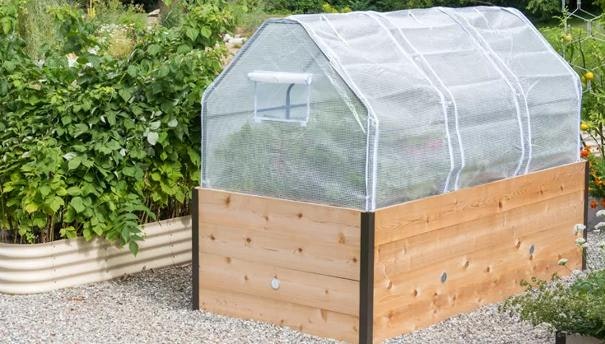Although an infestation of armyworm caterpillars can rapidly decimate a commercial field crop, they rarely cause this degree of destruction in home gardens. Armyworms feed at night on plant foliage and grass blades; they hide under foliage and debris during the day. Severe feeding can result in dead areas of lawn and ragged-looking or defoliated crops.
Young armyworms are pale green; older larvae are brownish with stripes along their bodies. Several species attack a variety of garden crops, including corn, beets, tomatoes, peppers, potatoes, onions, and peas. Adults are gray-brown moths that migrate northward in the spring to lay eggs on host plants and in lawns. There can be several generations each year; each generation emerging farther north. Late-season generations will also feed on fruit.
In general, armyworms do not survive cold winters, but they can be a year-round pest in warm-winter climates, such as California and Florida. Beet armyworms are a problem in southern states and in the West, where they can be found as far north as Montana.
Prevention and Control
- Encourage native beneficial insects such as parasitic wasps that prey on caterpillars.
- Weed out grassy weeds as well as pigweed, plantain, and lamb?s quarters, which are host plants for the beet armyworm.




